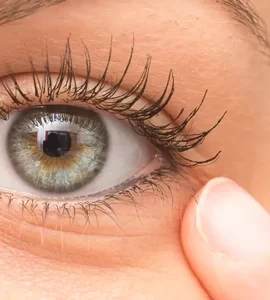
Different Materials For Gym Flooring
 Posted On
Posted On When it comes to choosing your commercial or residential gym flooring, there are a lot of options to choose from. Foam, rubber, vinyl, plastic, carpet, and cork are some of the most popular materials for gym flooring. We, in this blog, will talk about these gym flooring solutions in detail. So, keep reading.
- Rubber Gym Flooring
Rubber is considered the top material option area where heavy-weight machines and treadmills need to be placed. This gym flooring solution is very durable, easy to install, and relatively cheaper than other materials out there. Plyometric rubber is a very good option for gym flooring as it absorbs the shock of heavy weights and tough workouts. And wait there’s more; rubber gym floors are very easy to clean. All you do is regular vacuuming.
- PVC Plastic Gym Flooring
PVC plastic gym flooring is probably the most versatile flooring solution. It doesn’t only protect your gym floors from heavy pieces of equipment and weights but provides users enough fatigue relief as well. PVC plastic is designed for gym flooring non-absorbent like foam but pliable and soft like rubber.
- Polypropylene Gym Flooring
Polypropylene gym flooring is another form of plastic. The only difference is that polypropylene tiles are much more rigid than PVC. They are made to be used as multipurpose aerobic and sport court facilities. The vinyl top of polypropylene floors mimics stone or hardwood. Placing a rubber underlayment underneath these floors is a good idea but you can also install these floors over low pile carpet.
- Foam Gym Flooring
As foam gym flooring offers excellent fatigue relief, it is considered the best flooring material for cardio and aerobic facilities. Due to its fantastic features, foam flooring is also the material of choice for gymnastics and mixed martial arts (MMA) facilities. The material is non-absorbent in nature therefore it will not soak up any kind of moisture. The only downside to having foam gym flooring is its susceptibility to indentations from treadmills and heavy pieces of equipment. Even though it is a super high-density EVA foam material, it is still not a popular gym flooring solution.
- Carpet Gym Flooring
If you are looking for the best gym flooring, interlocking carpet tiles with padding is the way you should go for. Carpet tiles provide a comfortable and warm flooring surface to do an intense workout, while the padded backing offers some cushion and fatigue relief. Moreover, you won’t have to face moisture issues with this gym flooring material.
- Composite Gym Flooring
Composite is a type of flooring that features the characteristics of different materials. You may find these floors more economical than opting for separate material floors. Composite gym flooring is very attractive, durable, eco-friendly, and easier to install. From anti-fatigue mats and non-slip options to tiles and decking, this flooring type comes in many forms. Rubber gym flooring blended with cork is great for its fatigue relief and sustainability features. An athletic carpet bonded with bitumen or foam is a great option to provide cushion and comfort.
To make your gym business successful, it is very important to have the type of gym flooring that can provide comfort to the trainers and clients. You can consider any of the above gym flooring solutions that fulfill best your needs!






